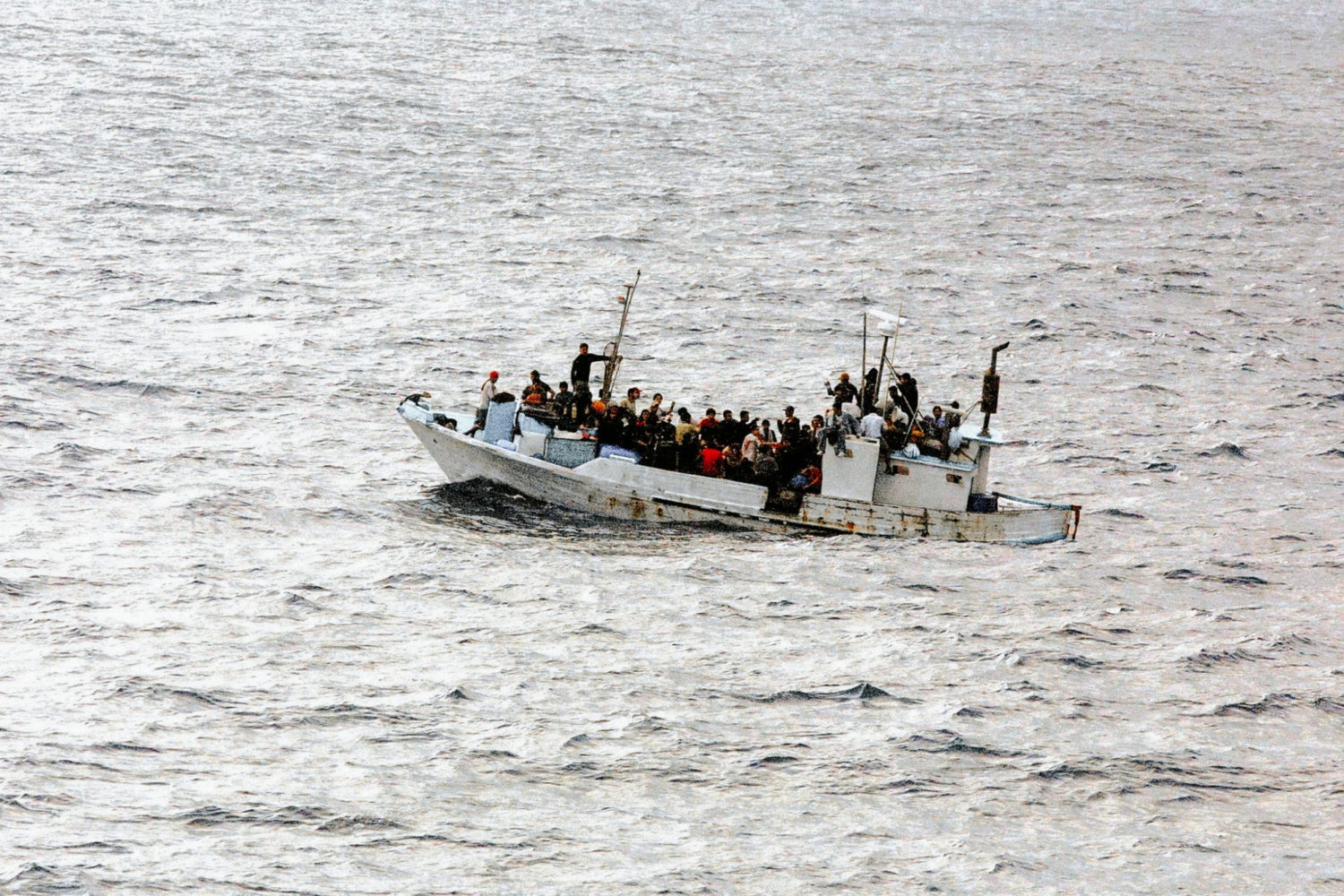June 20th is World Refugee Day, an internationally recognized day designated by the United Nations to honor the rights and lives of refugees around the world. Established in 2001, World Refugee Day aims to turn global attention to the plight of the displaced, increasing empathy and mobilizing support. This year’s World Refugee Day focuses on the theme, “Every Action Counts,” prompting us to consider our own response to the global crisis.
Record displacement
The UN Refugee Agency defines a refugee as someone who has fled his or her home country due to “a well-founded fear of persecution, war, or violence, for reasons of race, religion, nationality, political opinion, or membership in a particular social group.” As Grace Adcox explained in a previous post, refugees are different from migrants and asylum-seekers in that they have been formally recognized and granted international protection.
At the end of last year, 79.5 million people were forcibly displaced from their homes, with a record high of 26 million of those being refugees and 10 million fleeing within the past year alone. That’s one person displaced every 2 seconds and 30 people displaced every minute. 85% were hosted in developing countries, and 68% originated from Syria, Venezuela, Afghanistan, South Sudan, or Myanmar.
Impact of COVID-19
For refugees, the onset of the pandemic has only worsened existing vulnerabilities, all while increasing the likelihood of displacement for other populations.
Those in refugee camps face unique challenges of close quarters, shared facilities, and lack of access to resources for infection prevention, such as clean water and soap. In the world’s largest refugee settlement around Cox’s Bazar, Bangladesh, for example, nearly a million Rohingya refugees live in makeshift camps with a density four times that of New York City. With the first reported COVID-19 death in the camp, many fear the development of a massive outbreak. Refugees’ mistrust of government authorities and the lack of formal communication networks within these camps make it difficult to disseminate accurate information about health promotion and infection prevention.
Underlying health issues and lack of healthcare and access to testing also pose significant problems for refugee populations. Countries like Syria facing violent conflict suffer the weakest health infrastructure, with refugees already facing higher rates of poor nutrition, trauma, and injury. Even where primary care is available, intensive care is practically nonexistent, leaving serious cases of COVID-19 untreatable.
The pandemic has also significantly restricted humanitarian aid to these vulnerable populations, as countries have closed their borders to limit the spread of the virus and many donors face additional pressure domestically. The recent closure of Colombia’s border, for example, left thousands of Venezuelans in either Venezuela without access to care or in Colombia unable to return with supplies. The UN High Commissioner for Refugees (UNHCR) and International Organization for Migration also responded to these border closures and travel restrictions with a moratorium of refugee resettlement programs, Grace Adcox recently explained. And while the need for aid increases, humanitarian funding has been disrupted due to the financial constraints caused by the pandemic. Oxfam International, a leading charity in poverty alleviation, is one of such cases, recently ending its operations in 18 countries, including Afghanistan, Sudan, and Burundi.
UN Under-Secretary General for Humanitarian Affairs and Emergency Relief Coordinator Mark Lowcock estimates that the peak of the virus is still 3-6 months away in much of the developing world, making aid efforts all the more crucial.
Refugee-led aid efforts
Despite facing a disruption in international and formal aid, refugees have led the way in frontline COVID-19 response for their communities. Hundreds of organizations are working to provide social support, health education, and health promotion resources, acting as community health workers in utilizing their social networks for more immediate and effective response.
The Community Development Centre in the West Nile modified their “Hagiga Wahid” public information campaign to provide accurate COVID-19 information and dispel myths about the virus through text messaging. Young African Refugees for Integral Development (YARID) has distributed baskets of cooking ingredients and soap to refugees in Kampala, serving over 200 households through community networks and motorcycle taxis. And the refugee-founded Wakati Foundation of the Nakivale Settlement in Southwest Uganda has employed other refugees to create and distribute face masks to their communities while also sharing pertinent information about the virus.
Although these organizations have rarely received international funding or formal UN recognition in the past, their recent work has raised new questions about the potential for more participatory models of humanitarian aid, models that are more localized and sustainable.
Every action counts
With a crisis of this magnitude, it’s easy to feel debilitated by the overwhelming need. But this year’s World Refugee Day theme reminds us that, indeed, every action counts. As we adapt our own lives to the “new normal” of COVID-19, let’s not forget our refugee neighbors both in this country and around the world.
Here are some practical steps you can take to make a difference:
- Learn more by attending a virtual World Refugee Day event.
- Look for ways to support refugees in your community, perhaps by helping communicate COVID-19 health information, supporting refugee-owned businesses, or building relationships with them.
- Consider donating to organizations like the UN Refugee Agency, Refugee Council USA, International Rescue Committee, Save the Children, or World Relief.
- Advocate for policies that encourage resettlement and support the displaced.
- Beirut and the Disaster Life Cycle - August 10, 2020
- What You Should Know About the Uighur Human Rights Crisis - July 28, 2020
- “Slacktivist” to activist - July 13, 2020
